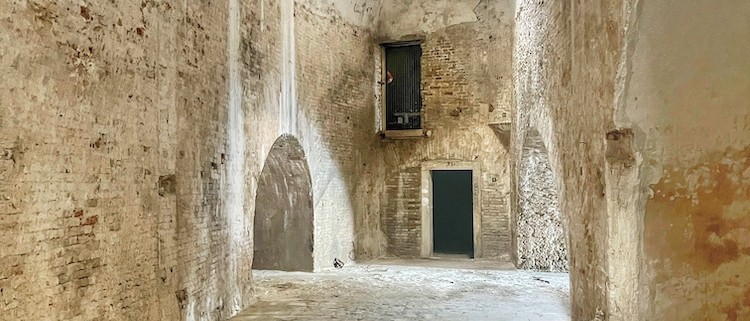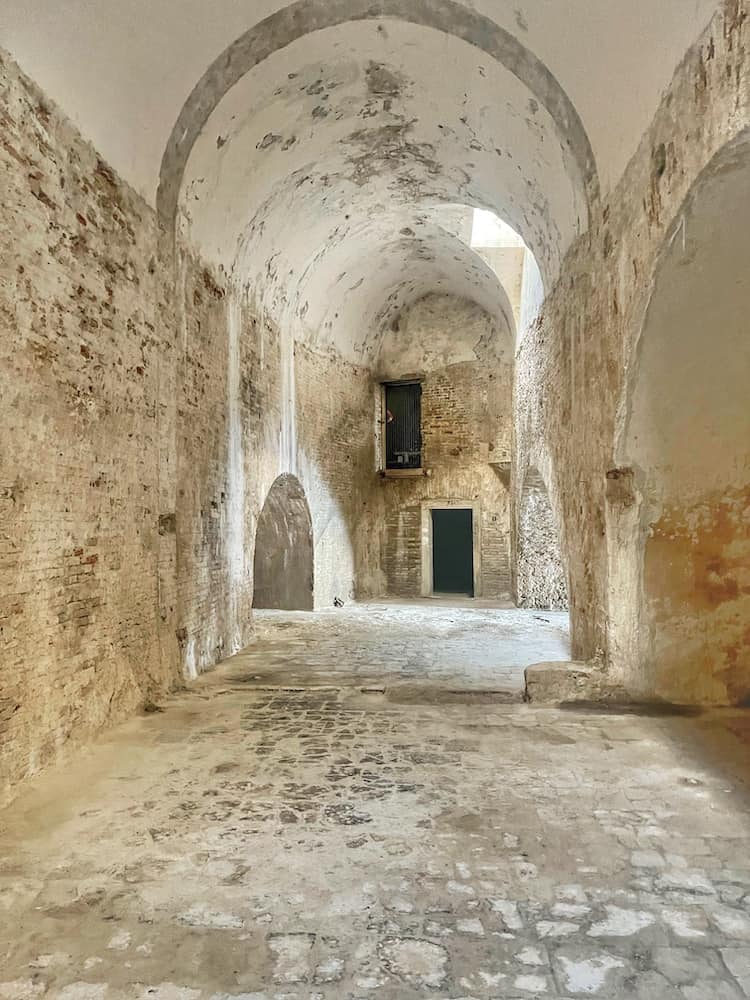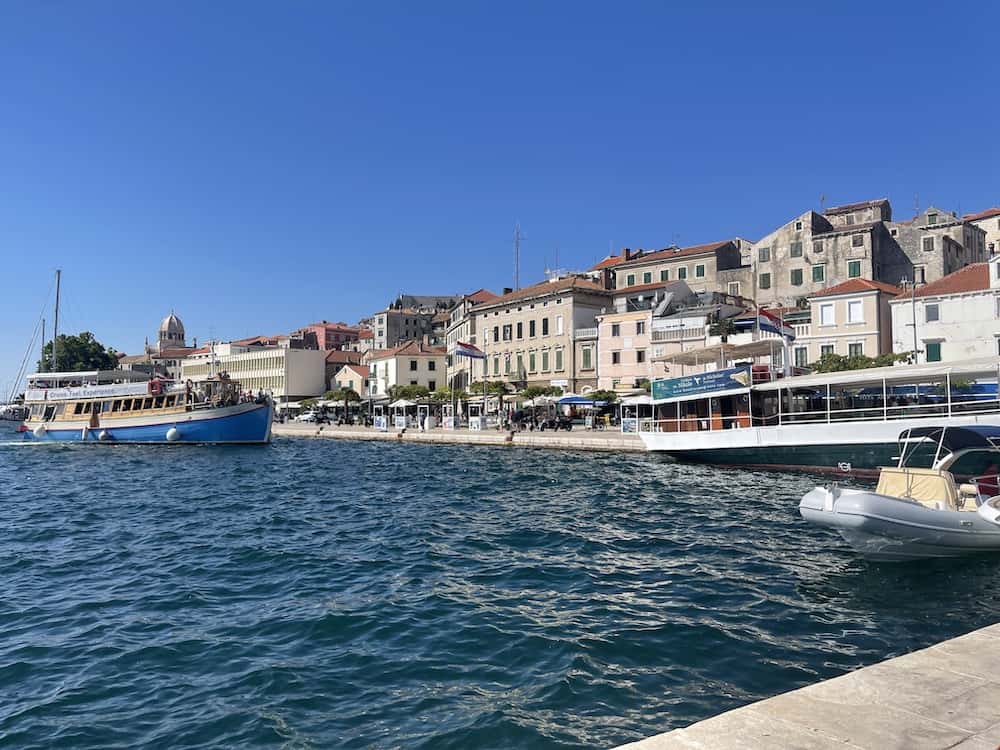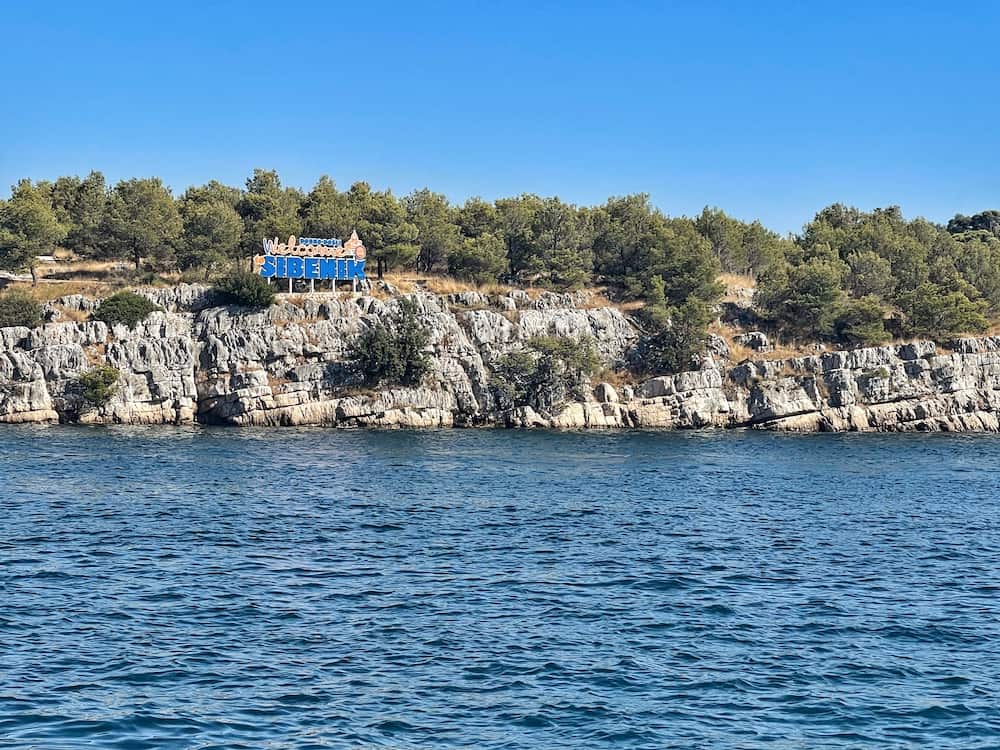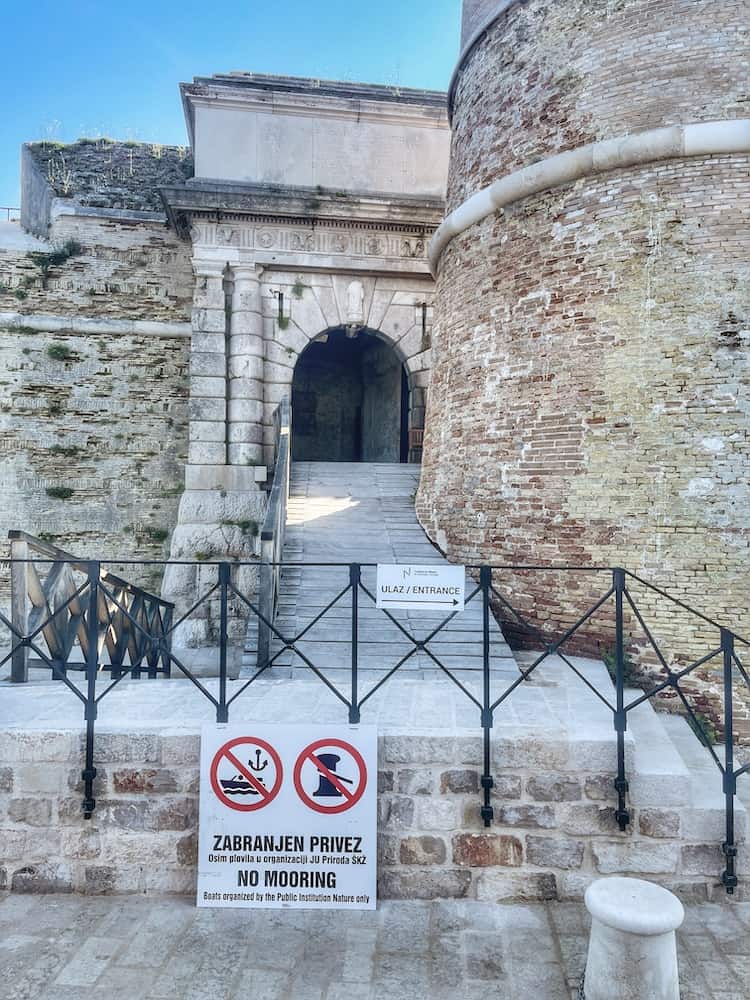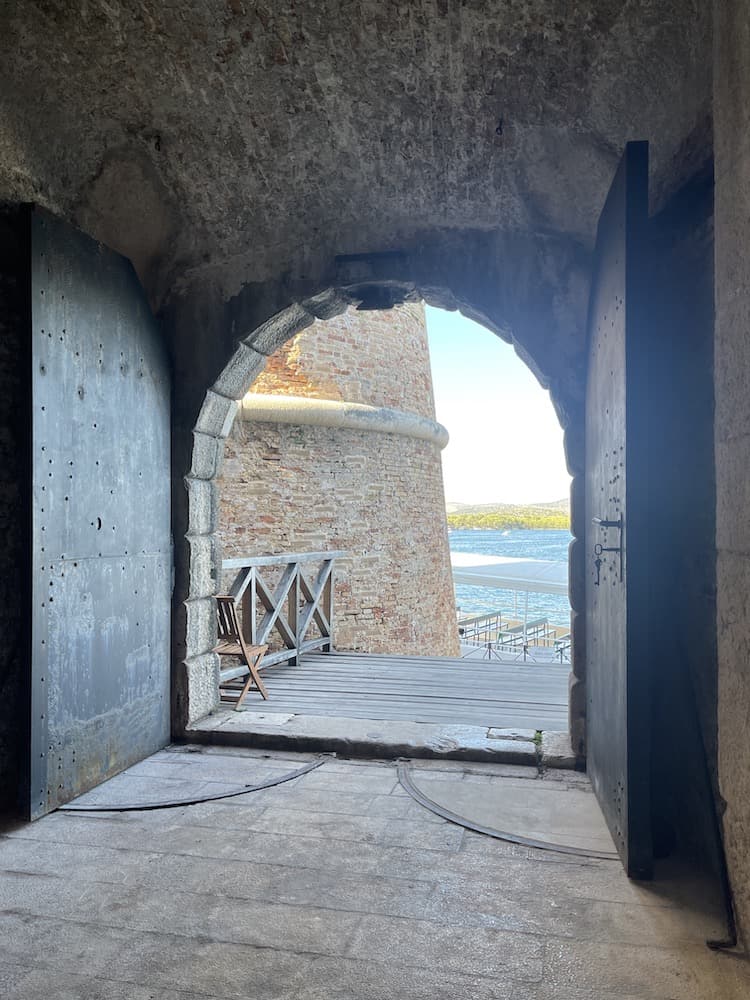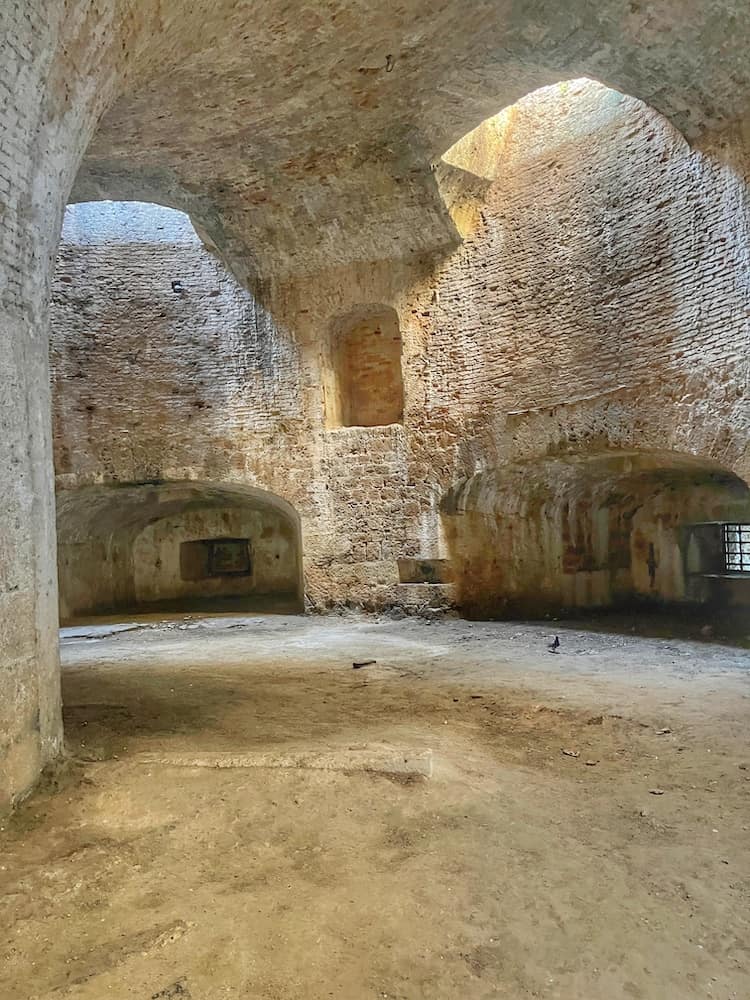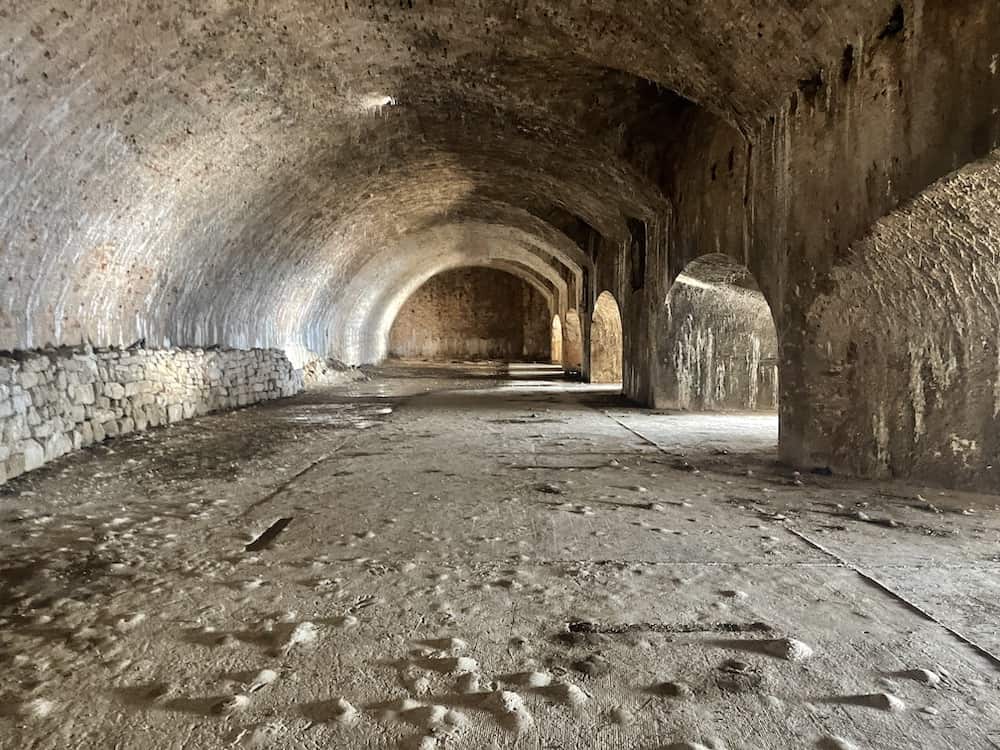Spotlight on: Cathedral of St James, Sibenik
In the next instalment of our Spotlight on… series, we now move to the charming north Dalmatian town of Sibenik and its impressive Cathedral of St James. The Cathedral is one of the most important sights in Sibenik and in fact in the whole of Croatia too – it’s a highly recognisable structure.
The Cathedral is also one of Croatia’s UNESCO World Heritage sites, added to the list in 2000. It is one of two UNESCO sites in Sibenik – the other being St Nicholas Fort which is listed as a Venetian Work of Defence from the 16th & 17th Centuries.
Use this page to find out more about the Cathedral and how to visit it.
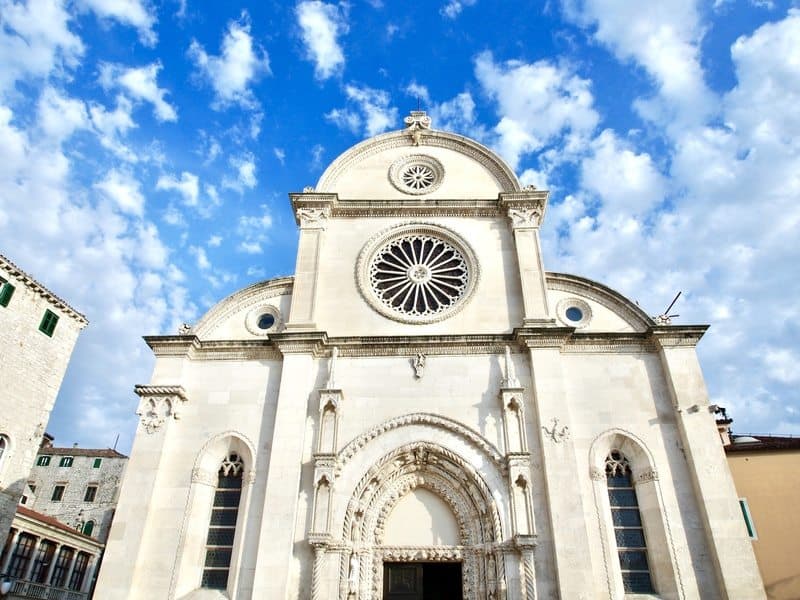
Getting There
The Cathedral of St James is located right in the centre of Sibenik, in the old part of the town. If you’re walking down the seaside promenade known as the Riva, you will be able to see it – it’s a quick walk up a set of stone steps to read the Cathedral itself.
Reaching Sibenik to get to the Cathedral is easy as there are good bus connections from elsewhere in Croatia. The bus station in the city is also a short walk from the Cathedral.


About The Cathedral of St James
The Cathedral was constructed between 1431 and 1536, with several different Italian and Dalmatian architects responsible for the look of the structure over this time. The main architects involved in the construction were Francesco di Giacomo, Georgius Mathei Dalmaticus (also known as Juraj Dalmatinac) and Niccolo di Giovanni Fiorentino. Juraj Dalmatinac directed construction work between 1444 and 1473; a famous Croatian sculptor, you can find a statue placed opposite the entrance to the Cathedral as a memorial to him.
First intended to be built as a rather straightforward church, plans of the building changed significantly to include side naves, apses, its dome and a baptistery. Almost all of this work came under the plans of Juraj Dalmatinac, and for this reason, he is so closely linked to the Cathedral.
Although there were largely three different phases to its construction, the Cathedral appears to take the form of one unified build and there is little to identify separate plans by different architects.
The relatively long construction period means the Cathedral features both Gothic and Renaissance design styles because of the transition from one to the other at the time.

Features of The Cathedral of St James
The main features of the Cathedral include its 32-metre-high dome, which sits atop 4 columns, its three naves and three apses (domed recesses) and 74 faces (or portraits) with assorted expressions on the exterior of locals of the time.
The front of the Cathedral features the Lion Gate which depicts Adam and Eve on columns supported by lions.
The interior of the Cathedral is highly detailed and features the baptistery where three angels support the baptismal font, the crypt of Bishop Sizgoric and the crypt of Bishop Stafilic.

Rather impressively, the Cathedral was constructed entirely from stone (limestone and marble from the nearby island of Brac) without brick or wooden supports.

Opening Hours and Price
The Cathedral can and should be enjoyed from its exterior first – do spend some time enjoying its impressive facade and walking around the three sides to admire all the detail on the outside.
Once you’ve soaked up all of the ornate external decoration, you can pay a visit to the inside of the Cathedral of St James. The Cathedral is open year-round (only by appointment from the 1st December to Easter) from 8.30am to 7.30pm or 8.30pm depending on the month. Entry fee is €3.
Do be aware that as a working Cathedral, mass takes place daily (and three times on Sundays) so you may prefer to visit at other times.
Other Ways of Seeing and Enjoying The Cathedral
You may like to join a guided walking tour of Sibenik which will include some time looking at the Cathedral. See below for some ideas of walking tours:
More info
You can learn more about the Cathedral of St James on the Sibenik Tourist Board website. There is also a very detailed background on the Cathedral on the UNESCO World Heritage Convention website.
You can also learn plenty on this Google Arts & Culture walkthrough: The Cathedral of St James in ibenik, Croatia.


